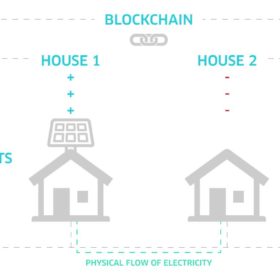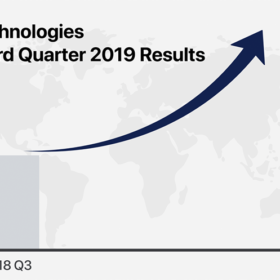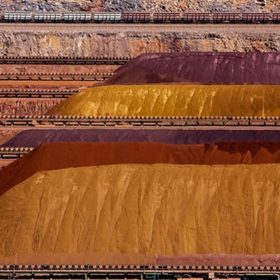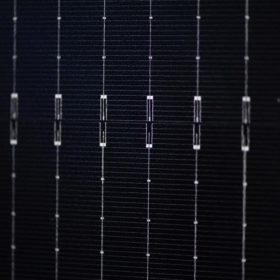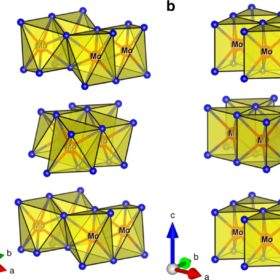New tool to assess costs and benefits of switching to green hydrogen
A result of a collaboration between global accounting and financial services firm KPMG, Canadian gas giant ATCO, Australia’s national science agency CSIRO and Australian Renewable Energy Agency (ARENA), H2City can be used to assess the costs and benefits of regional town or municipality switching to hydrogen.
South Australia set for large-scale, blockchain-enabled virtual power plant
Known for its blockchain-based peer-to-peer platform that allows energy trading between households, Power Ledger is now readying for the first large-scale commercial rollout of its technology in Australia. The Perth-based company has partnered with electricity wholesaler Powerclub to allow households to pool net solar and battery storage and act as a virtual power plant.
Interview: What Fimer’s acquisition of ABB Solar means for Australian customers
The Solar Cutters were given the opportunity to meet Filippo Carzaniga, the CEO of Fimer, during All Energy last month to discuss the announcement in July 2019 that the company has acquired the ABB Solar business. Solar Cutters presented questions from within the Solar Cutters Community for better clarification on Fimer’s current market position and what changes, once the acquisition is ratified, will come into effect.
Ginlong’s strongest-ever quarter confirms shift in global inverter market
Chinese string inverter maker Ginlong has reported its best-ever quarterly revenue. The record highlights the shift in the global inverter market since Beijing’s U-turn on solar subsidies pushed Chinese companies abroad.
Tritium expands to Europe and the U.S.
Brisbane-based Tritium is quickly becoming a world leader in EV charging technology as the company rapidly expands across Europe and the United States.
Solar carpark to cover shopping center’s energy needs
As more and more shopping centres across Australia start to utilise solar PV atop their premises, carparks are becoming increasingly popular amid a lack of rooftop space. A solar array covering three double-parking bays at Dunsborough Centrepoint Shopping Centre will not only offer shade for shoppers but also almost completely cover the site’s daytime energy needs.
Tuvalu granted $6m for renewables ambition
The Asian Development Bank has signed off a grant for the South Pacific island nation to move on its plans to be 100% renewable by 2025.
Australia could fall apart under climate change. But there’s a way to avoid it
Four years ago in December 2015, every member of the United Nations met in Paris and agreed to hold global temperature increases to 2°C, and as close as possible to 1.5°C. The bad news is that four years on the best that we can hope for is holding global increases to around 1.75°C. We can only do that if the world moves decisively towards zero net emissions by the middle of the century.
Jinko’s tiled Tiger delivers 460 W for utility scale, C&I developers
Chinese module giant Jinko Solar chose Australia for the launch of its Tiger module series, at the All-Energy show in late October. The Tiger incorporates three innovations, but perhaps most notably a tiled module configuration – sometimes referred to as paved. pv magazine Australia caught up with Jeff Zhou, Jinko’s Director Product Management to find out what makes it purr.
Scientists double down on hydrogen production
A team of scientists led by the University of Glasgow has discovered a more efficient method of splitting water into hydrogen and oxygen using electricity which it says could almost double the amount of hydrogen produced per millivolt.

